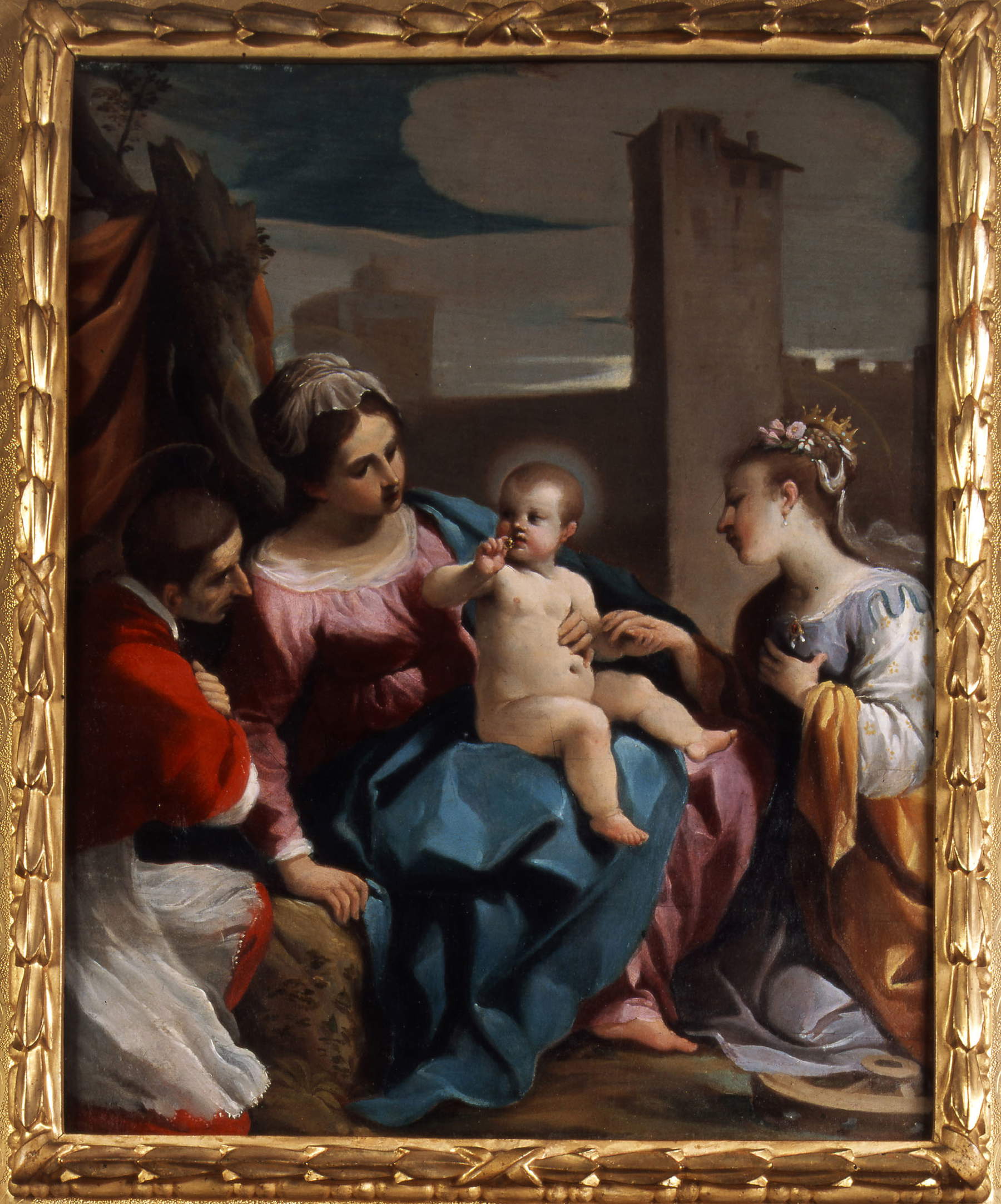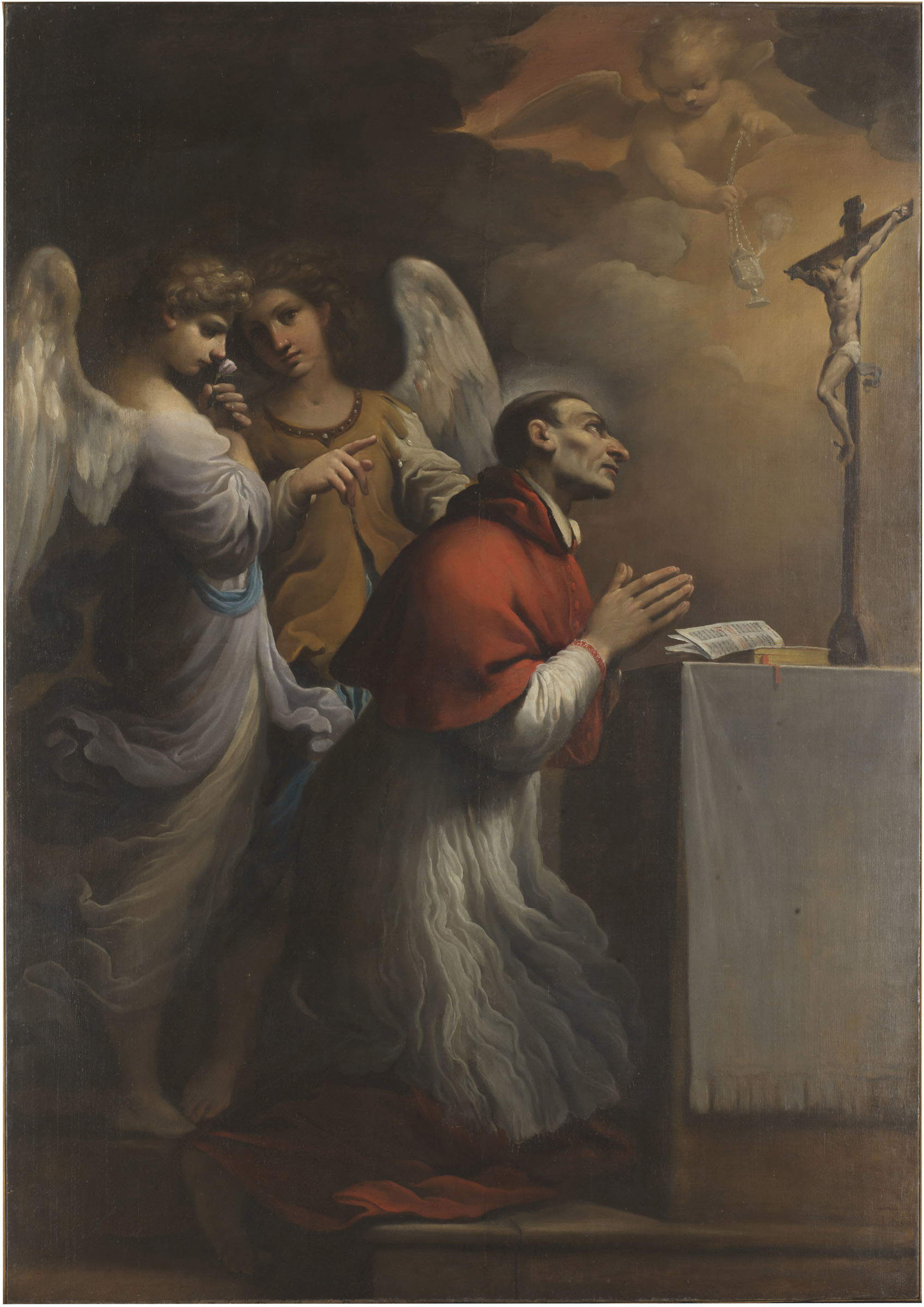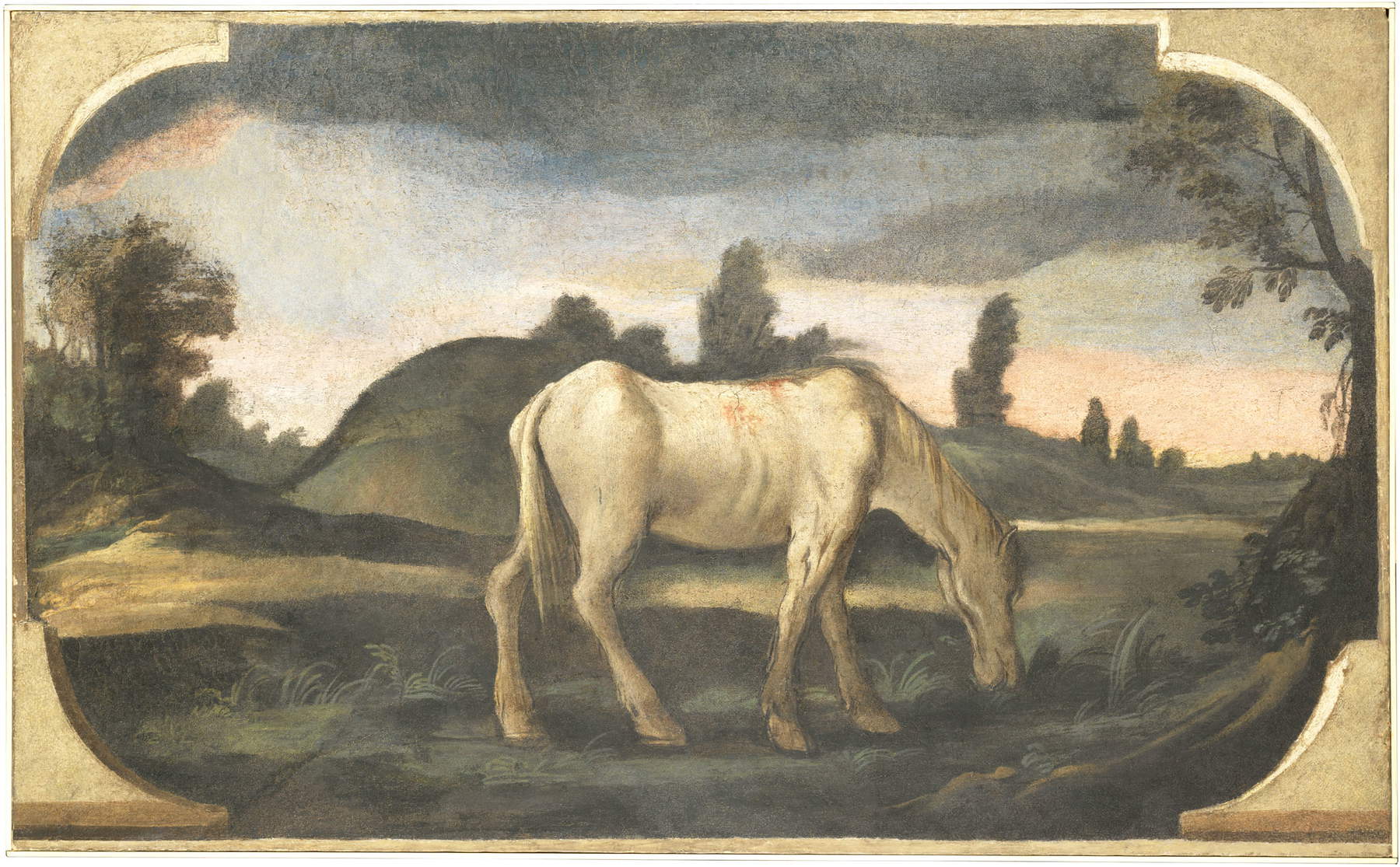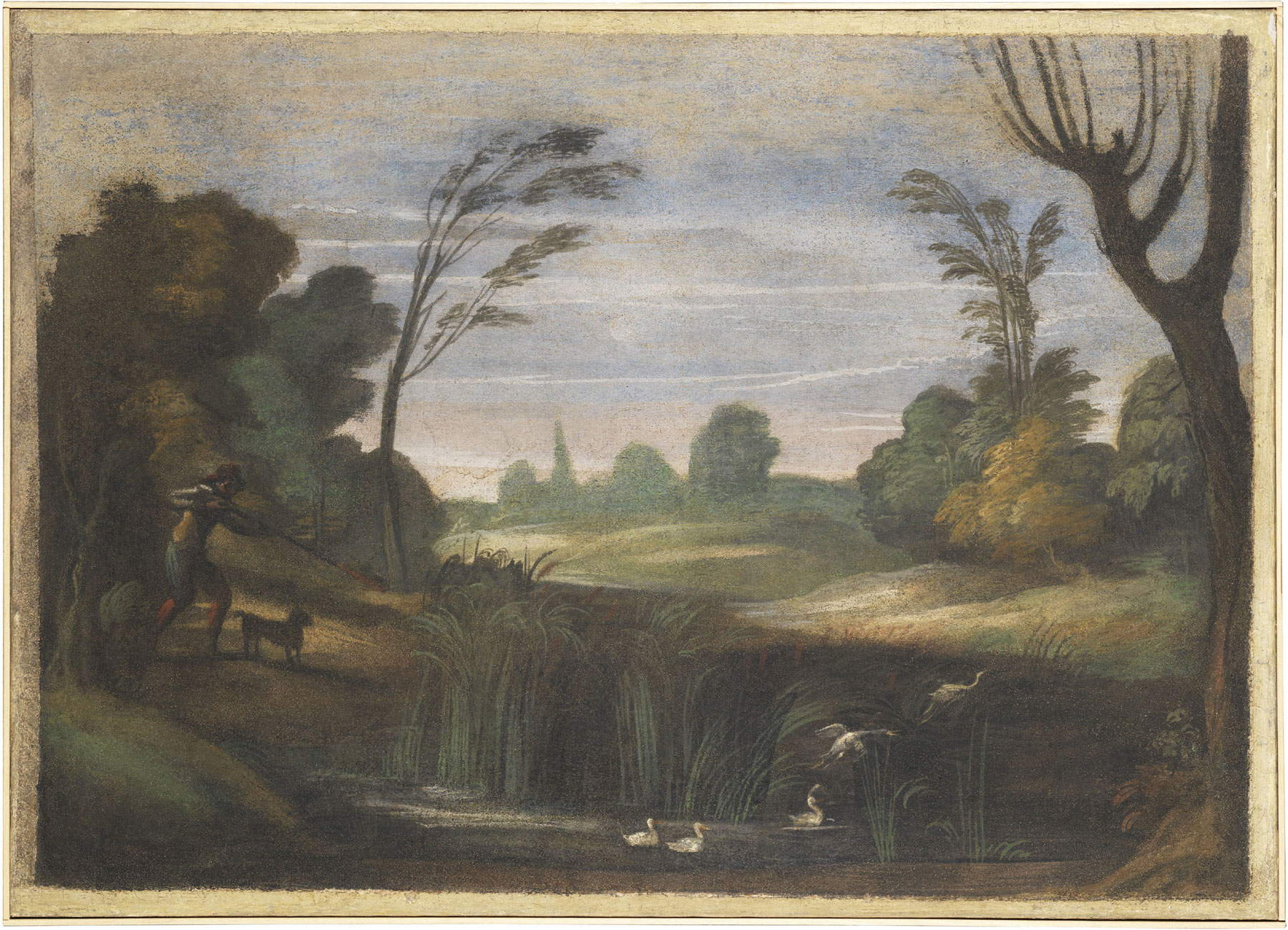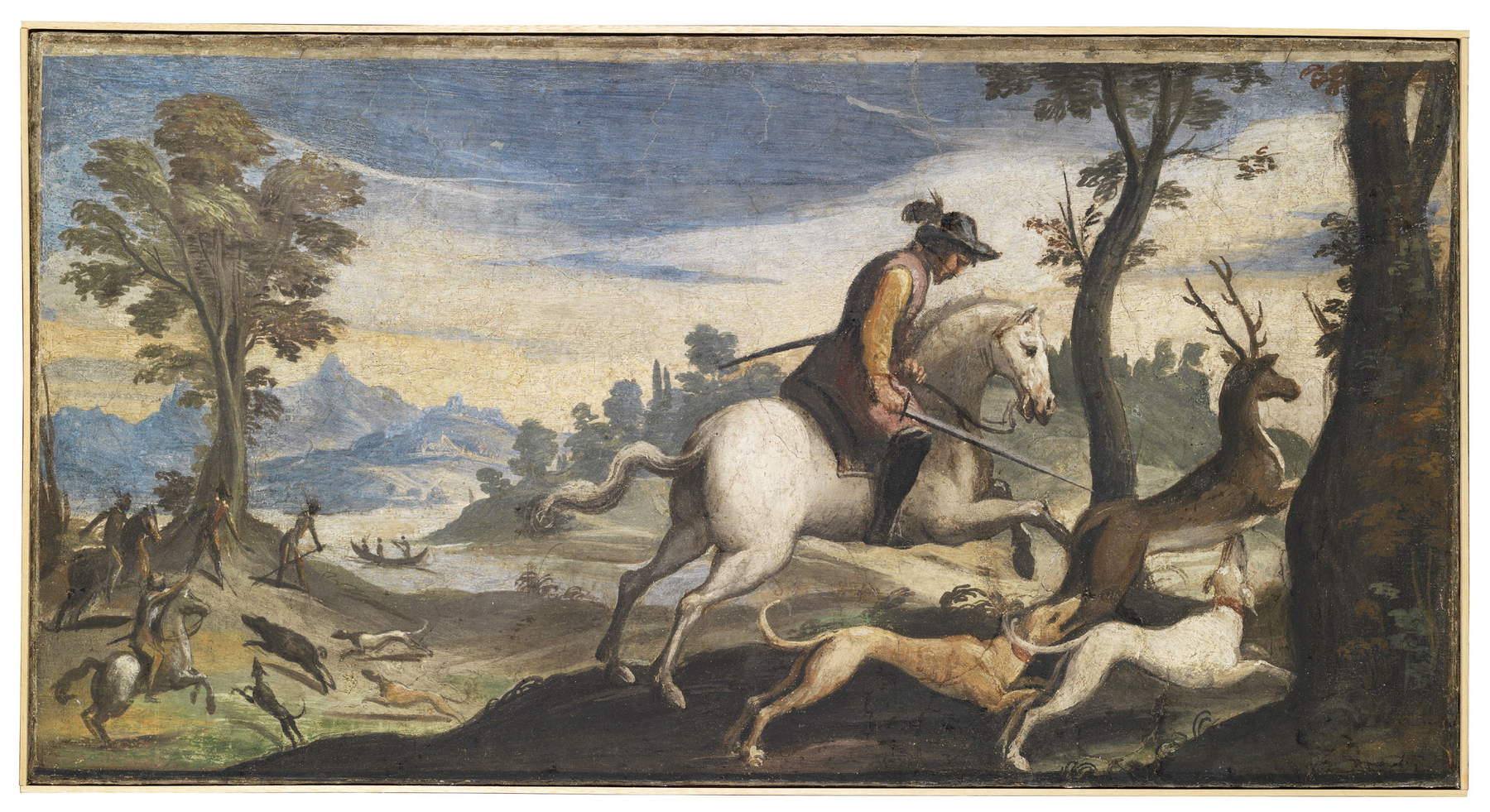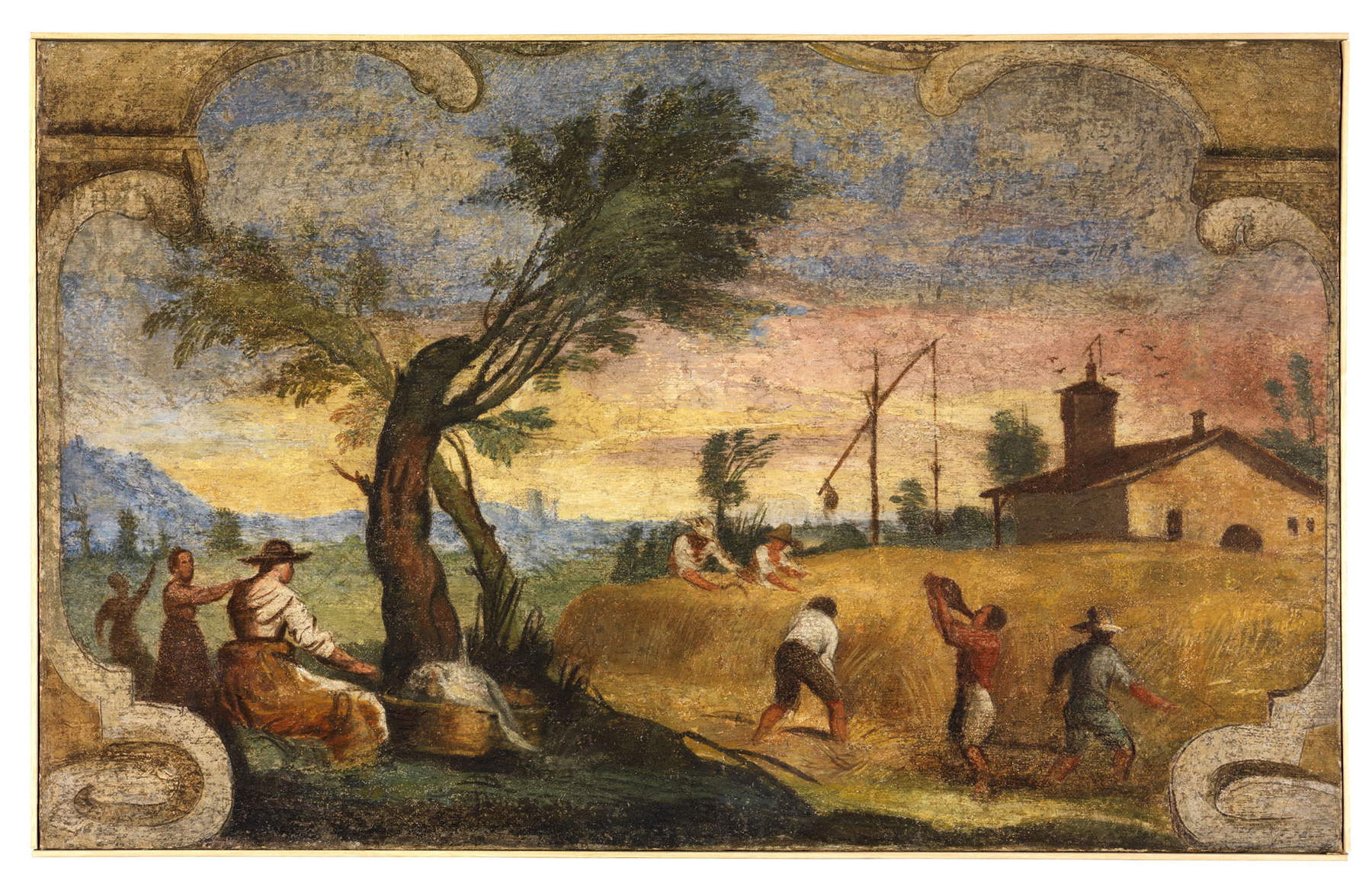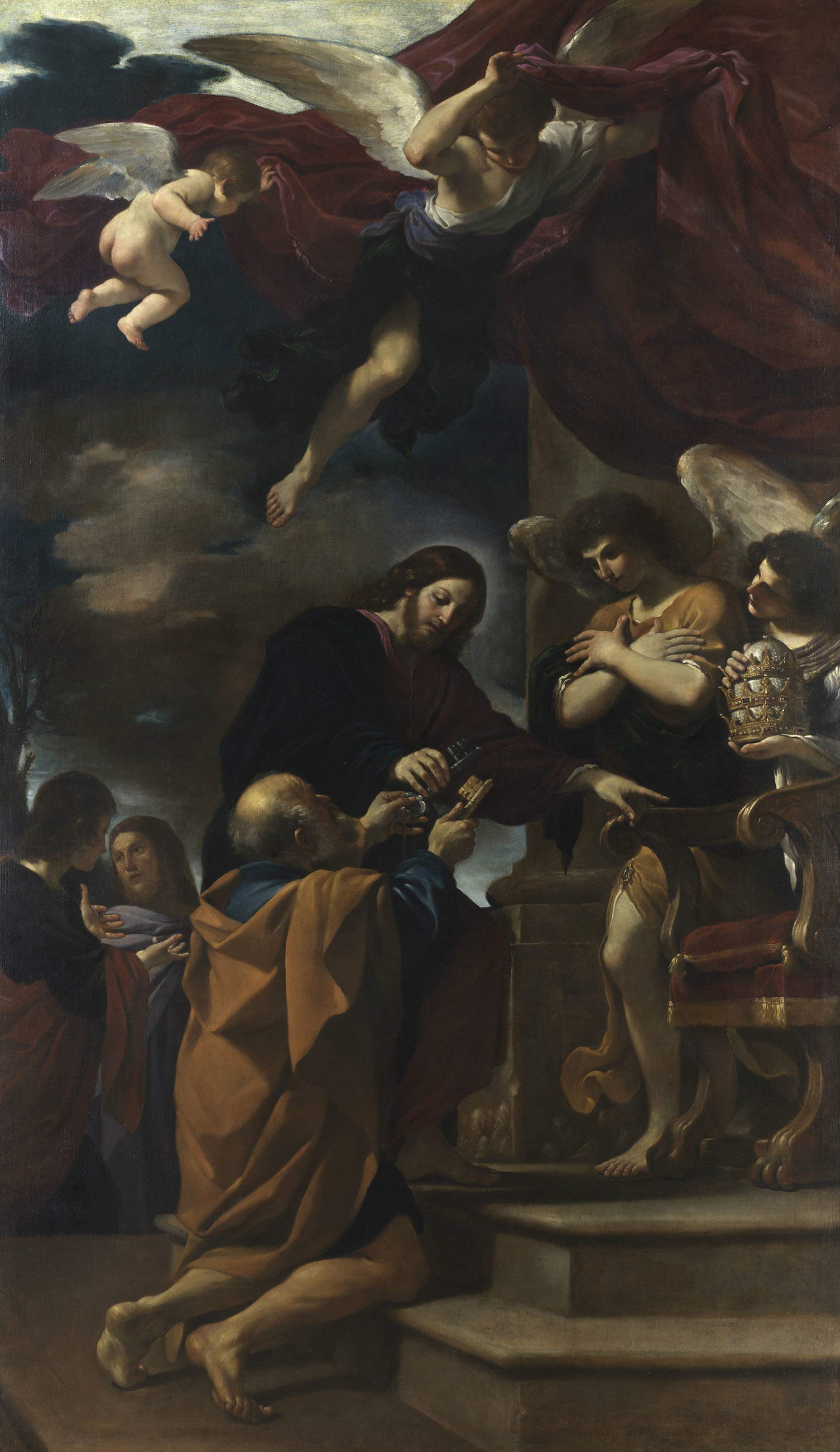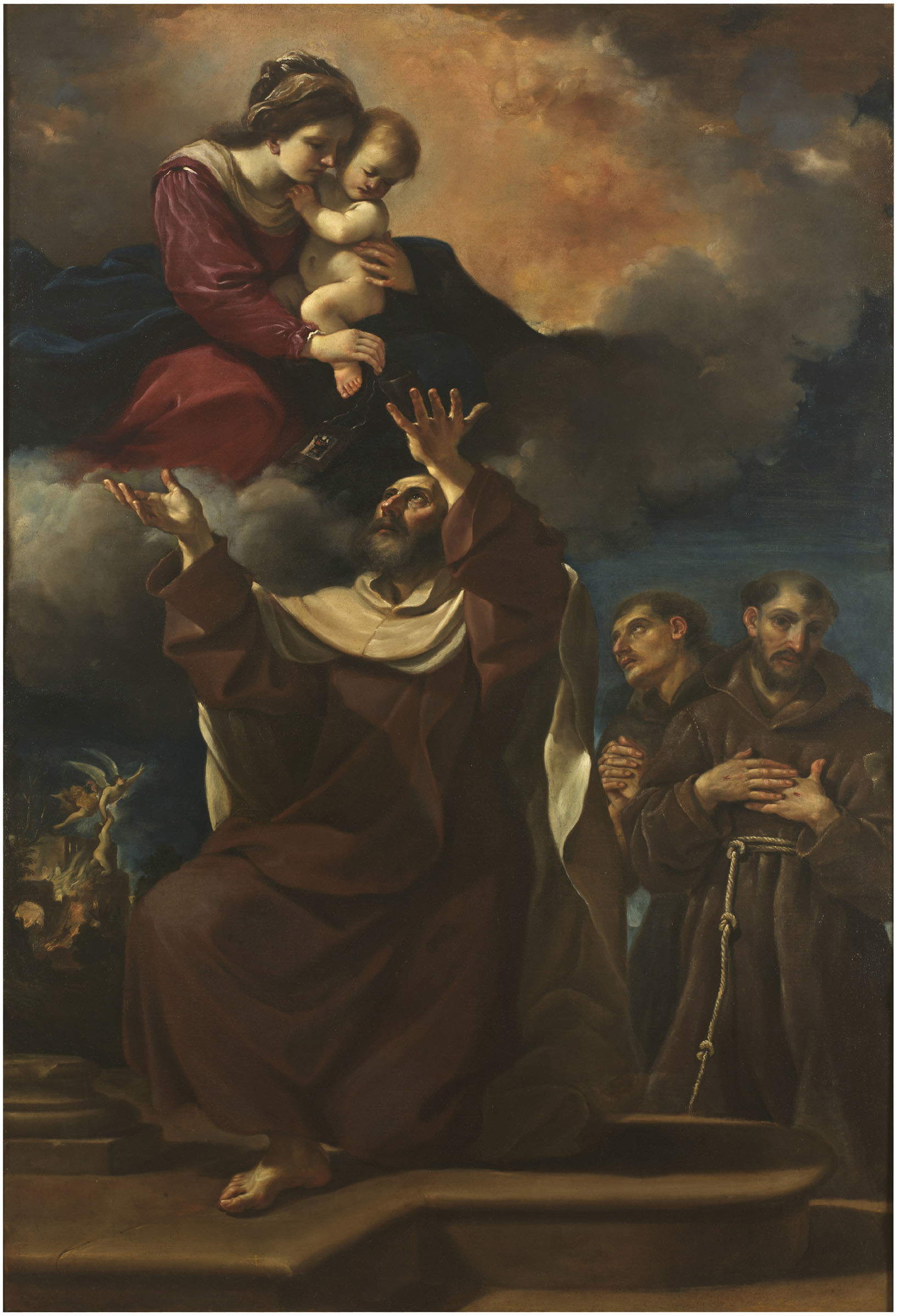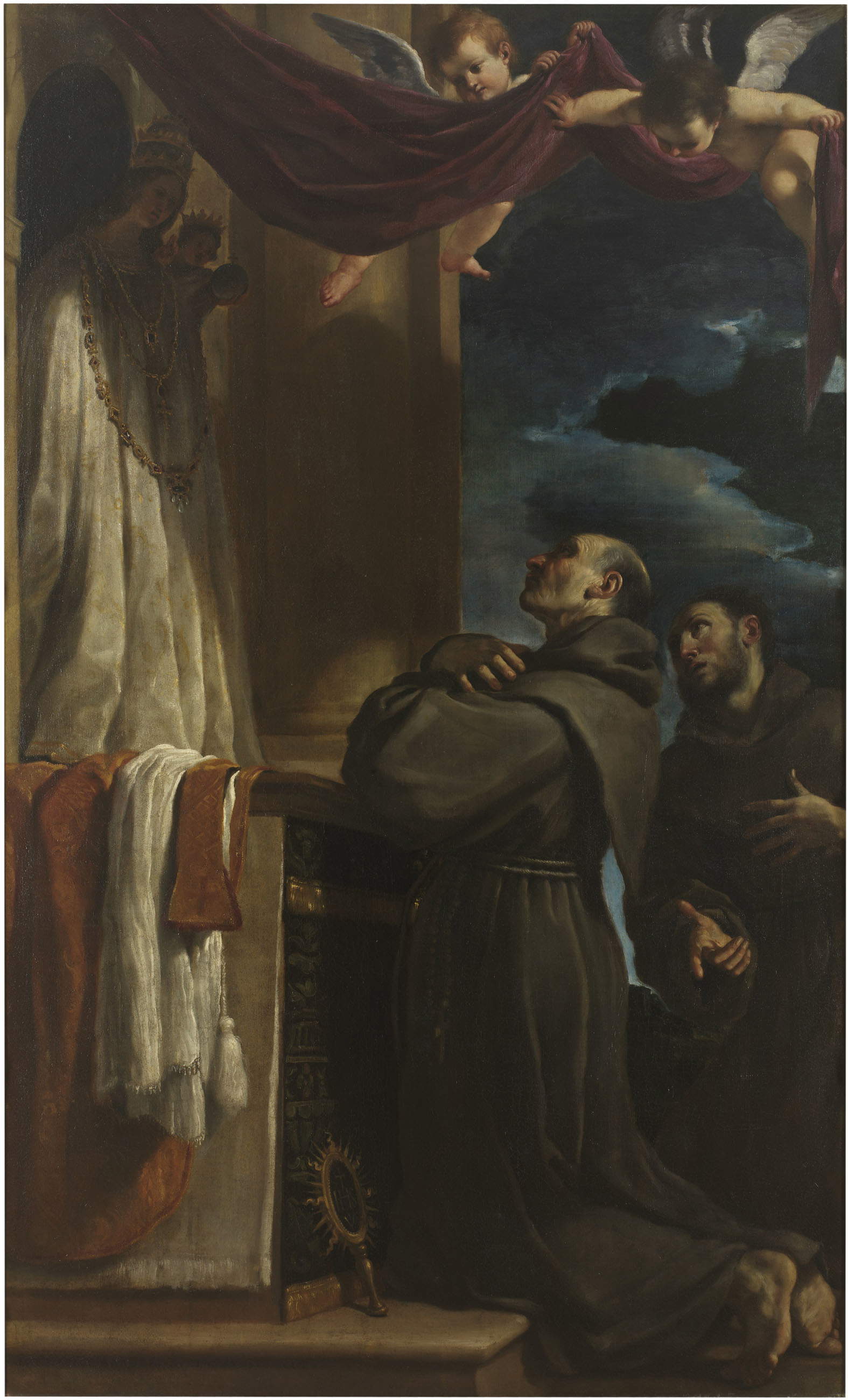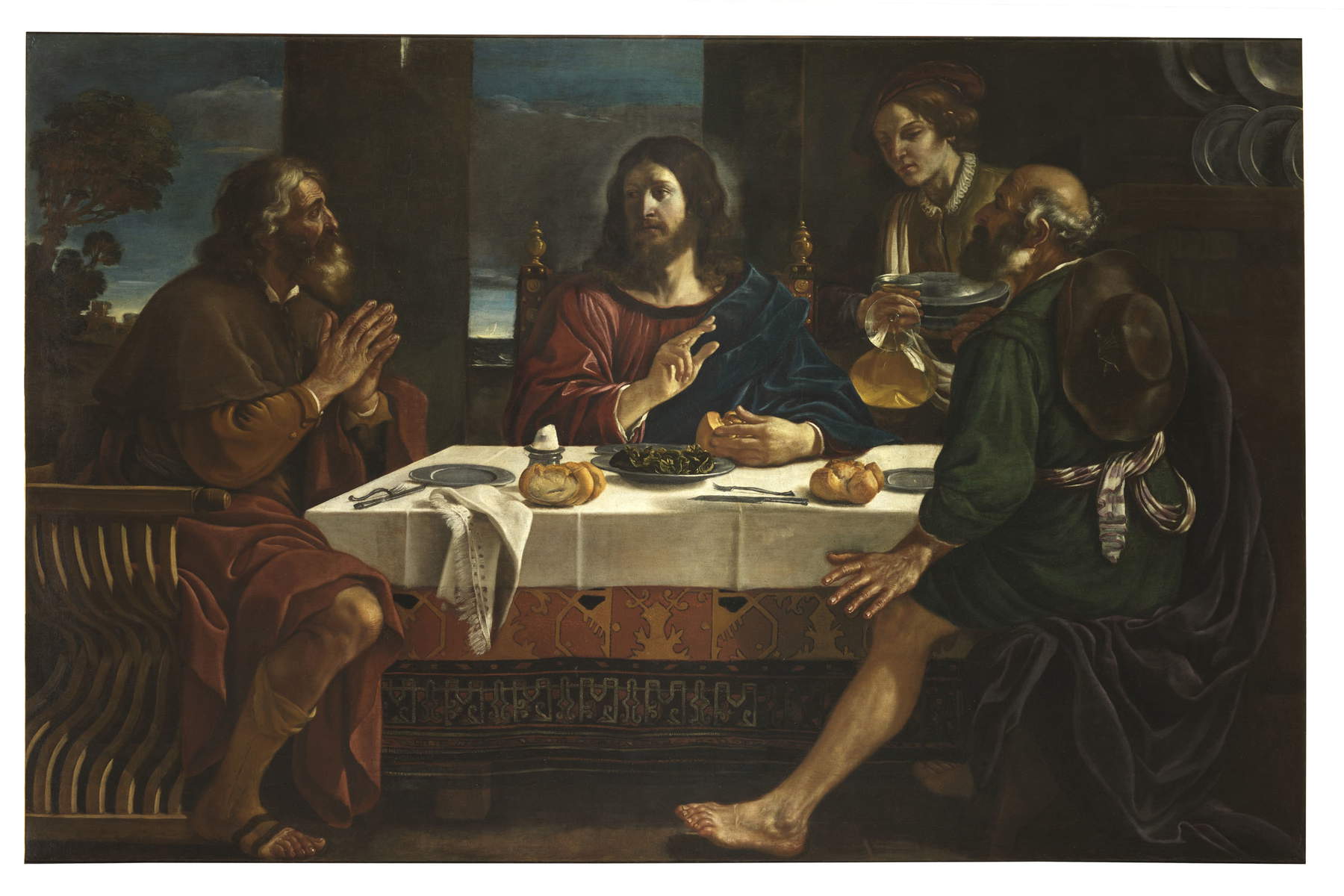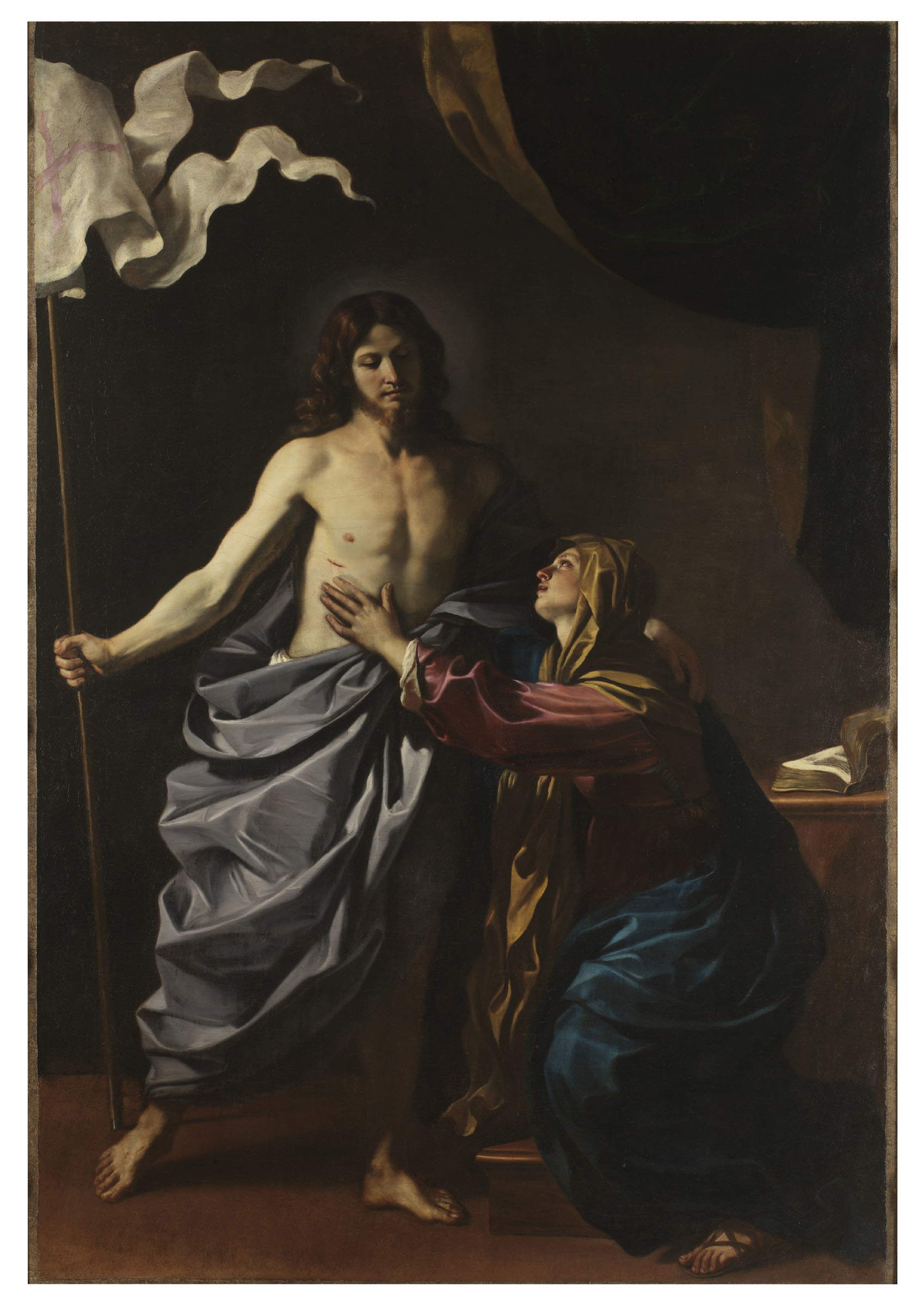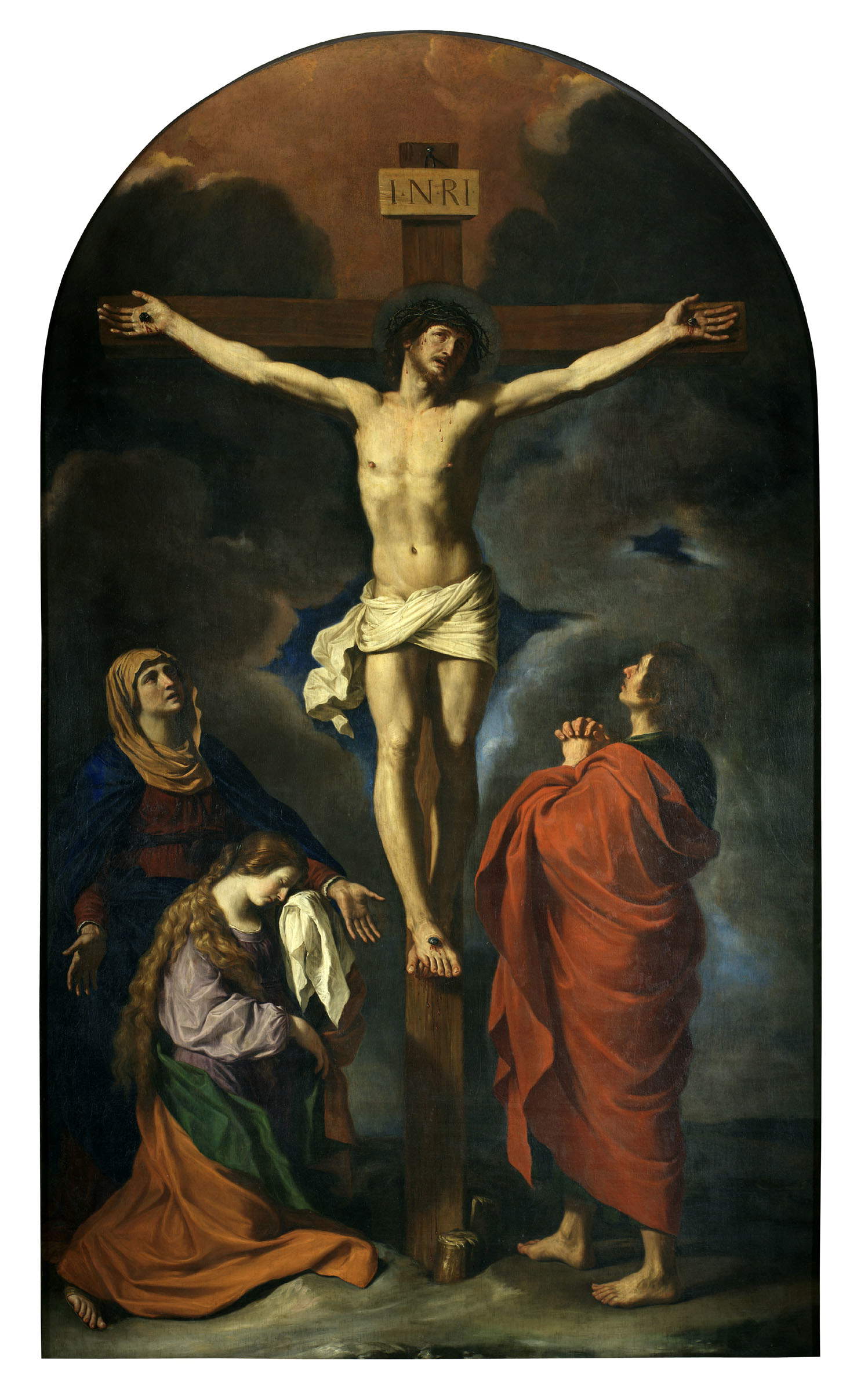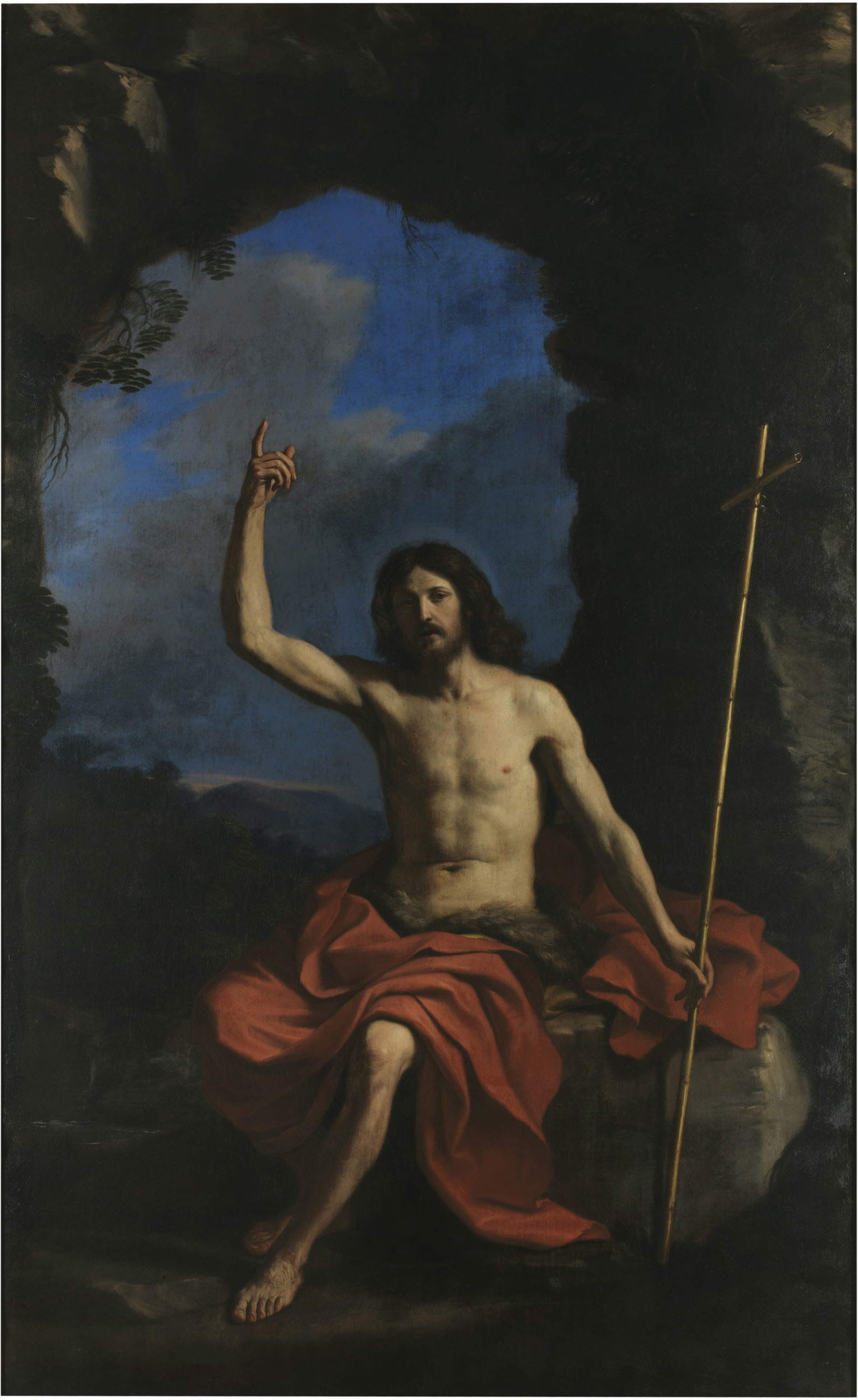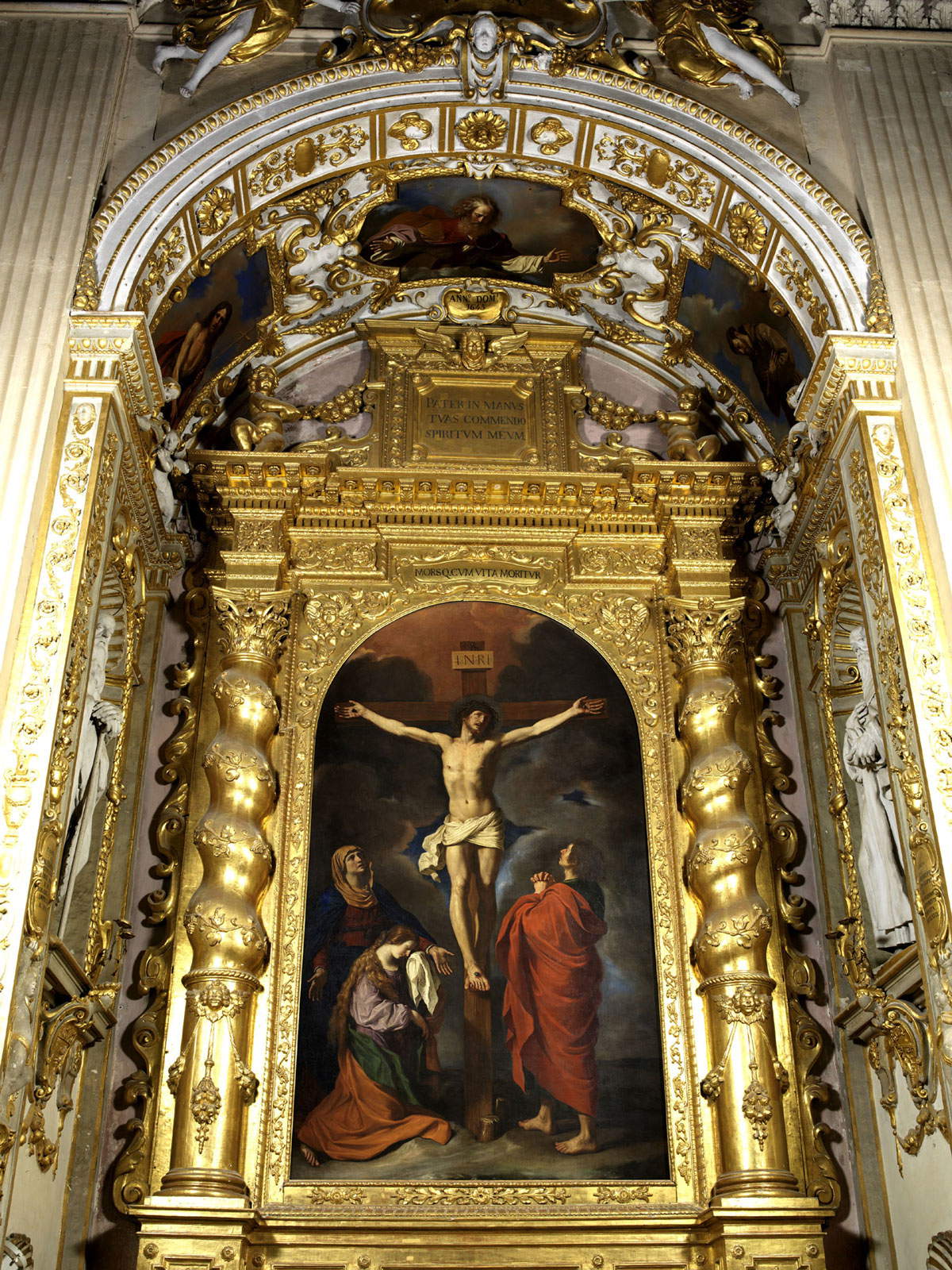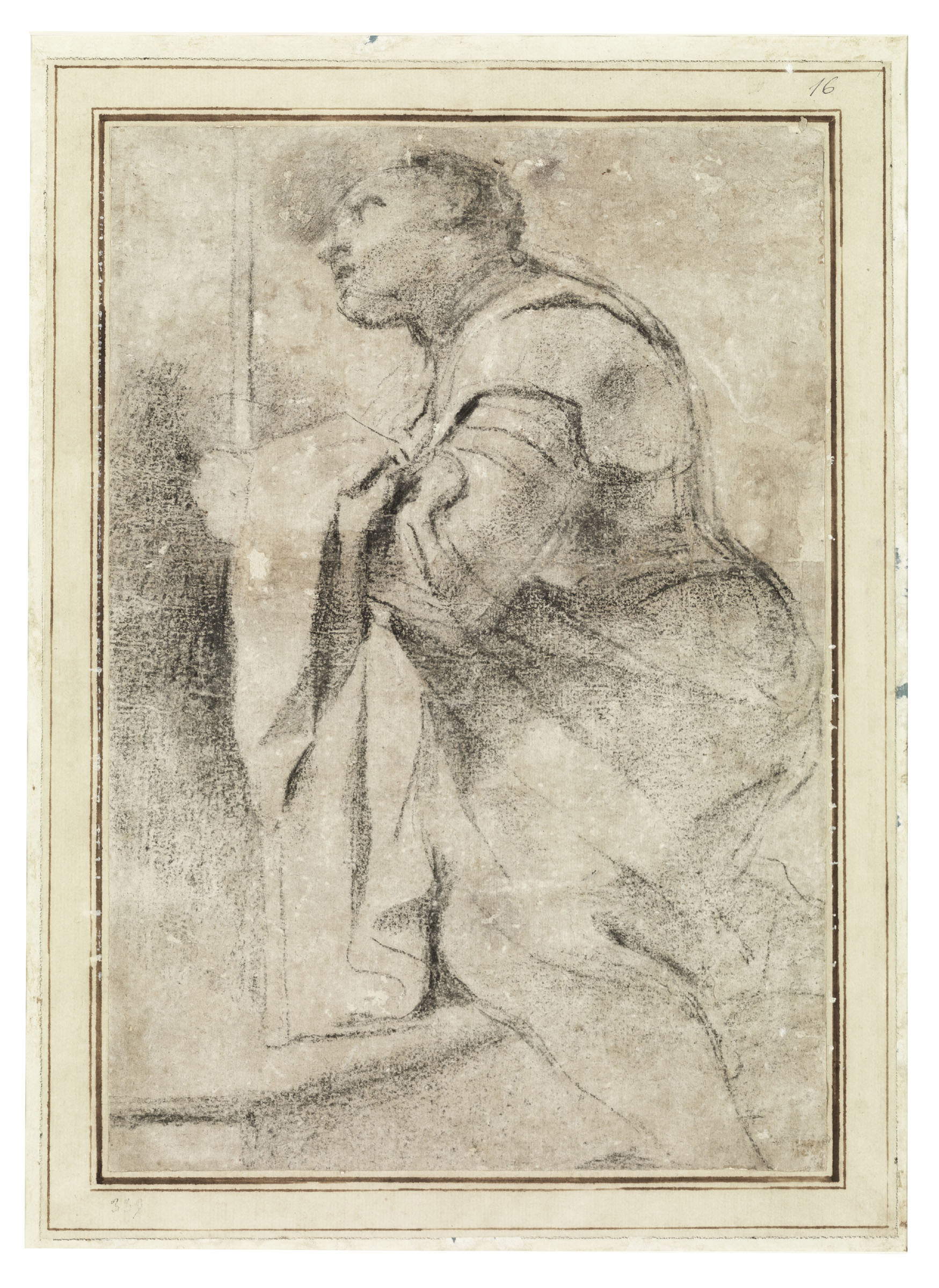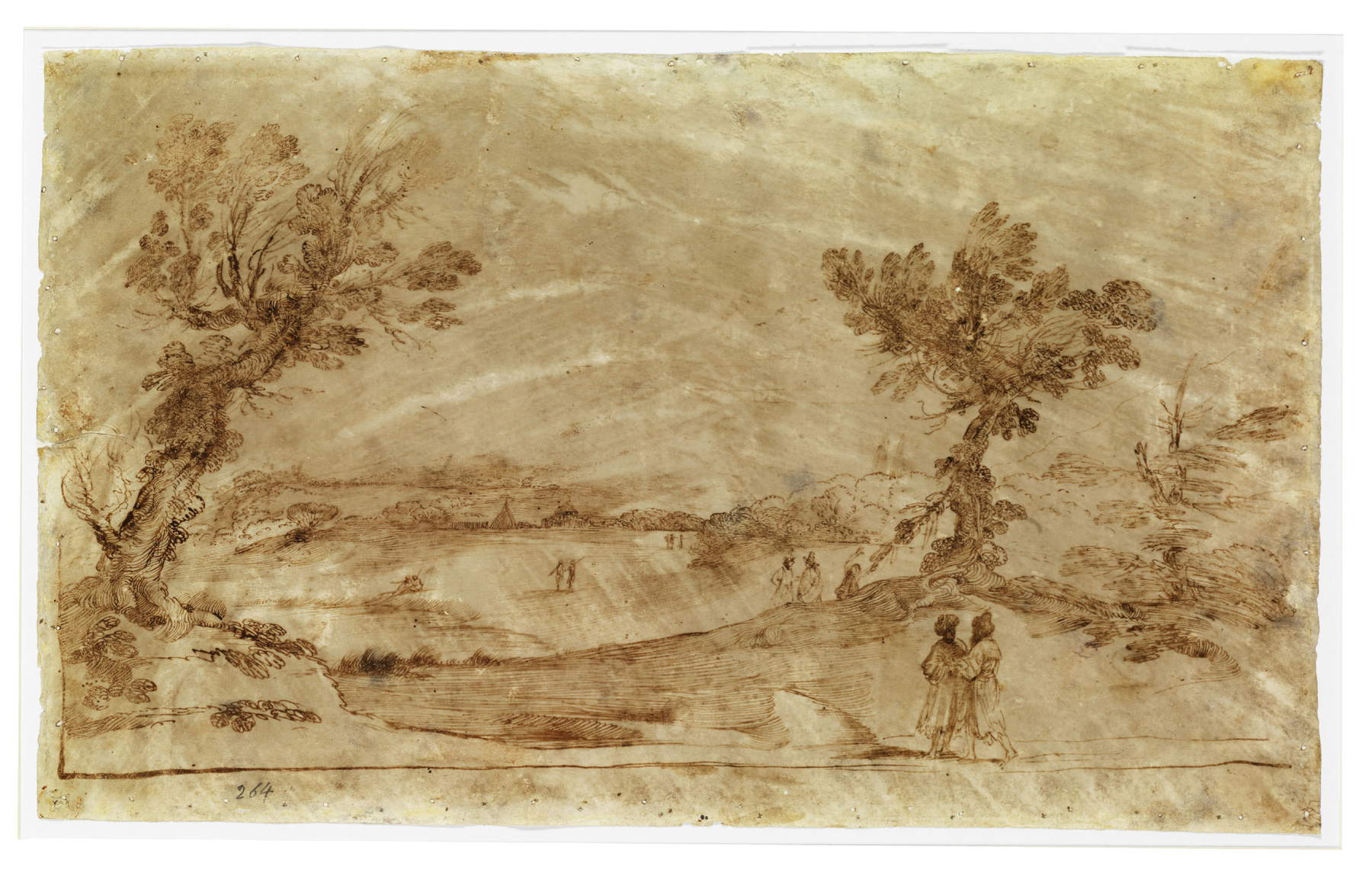by Redazione , published on 22/10/2019
Categories: Exhibitions
/ Disclaimer
From November 9, 2019 to February 15, 2020, the San Lorenzo Picture Gallery and the Rocca di Cento will host the exhibition 'Baroque Emotion. Guercino in Cento'.
A major exhibition at the Pinacoteca San Lorenzo and Rocca di Cento (Ferrara) returns to the Emilian city its most illustrious artist, Giovanni Francesco Barbieri known as Guercino (Cento, 1591 - Bologna, 1666) seven years after the 2012 earthquake that had closed many museums and churches in and around Cento, including places where the great painter’s works are preserved. The exhibition, scheduled from November 9, 2019 to February 15, 2020, is titled Baroque Emotion. Il Guercino a Cento, presents 79 works, 72 of them by Guercino, almost all belonging to the city’s cultural heritage and able to trace a path from the painter’s training to his maturity by marking his stylistic mutations.
The exhibition is curated by Daniele Benati, one of the foremost experts on seventeenth-century Emilian art, will open on Nov. 8, the birthday of English art historian Denis Mahon (London, 1910 - 2011), who devoted almost his entire career to the study of Guercino, and will present 27 paintings, 32 frescoes and 20 drawings. Many of the works had not been exhibited to the public since the earthquake that struck Emilia and surrounding areas in 2012: these include canvases from the Barbieri Chapel of the Church of the Rosary, the painter’s family chapel rebuilt within the exhibition itinerary, along with other works from the Pinacoteca Civica di Cento, which is currently still uninhabitable.
The exhibition route starts from the San Lorenzo Art Gallery and opens with the works of three masters to whom Guercino looked with particular interest during his formative years: Ludovico Carracci (Bologna, 1555 - 1619), present with the Madonna Enthroned and Saints (from the Pinacoteca civica di Cento), a true model for the painter from Cento and of whom theelderly Bolognese artist was a fervent supporter and passionate admirer; Carlo Bononi (Ferrara, c. 1580 - 1632), with I santi Lorenzo e Pancrazio(from the church of San Lorenzo in Casumaro, a hamlet of Cento), one of the protagonists of seventeenth-century painting from whom he learned the plastic sense of forms; and Ippolito Sc arsella known as lo Scarsellino (Ferrara, 1550 - 1620), from whom Guercino learned the chromaticism of Venetian painting.
In addition to the already rich nucleus of works from Cento, other valuable canvases from neighboring towns will be presented: among them, theAssumption with Angels and Saints Peter and Jerome from the Cathedral of Reggio Emilia, a work that for the first time leaves the town cathedral, the Saint Francis with Saint Louis of France praying coming from the Parish Church of Brisighella, and the Madonna and Child Sleeping, on loan from the Salamon Collection in Milan. Again in the Pinacoteca San Lorenzo, an important portion of the exhibition will be reserved for Guercino’s vast collection of drawings owned by the Pinacoteca Civica di Cento, and other folios that come from private collections and banking institutions that document his extraordinary inventive ability and innate graphic talent.
At the Rocca, the itinerary will delve into Guercino’s early works, which are characterized by serious chiaroscuro force, intense color contrasts and painting influenced by the tonalism of the Venetian school. There will also be an exhibition of a relevant nucleus of frescoes, as well as the decorative cycle that Guercino and his pupils executed in the Casa Benotti in Cento, recently acquired by the municipality and never exhibited to the public. Of particular interest are the works executed in tempera on canvas using the gouache technique, such as Landscape with Country Dance Party and Landscape with Bandits Attacking the Dance Party. This new acquisition was recently discussed in The Burlington Magazine and represents a significant contribution to our knowledge of the young Guercino’s activity as a decorator of several stately homes in his hometown. Ideally closing the itinerary is Guercino’s first known work to date, painted at the age of eight on the wall of his father’s house in Cento, which depicts the Madonna della Ghiara.
The exhibition also wants to extend to the local area, to promote and enhance it: for this reason, curators and organizers have designed a Guercino itinerary that includes the churches of San Sebastiano, Santa Maria Maddalena, San Biagio, Sant’Isidoro di Penzale, and Santi Rocco e Sebastiano, where works by Guercino and followers of his school are preserved. Also on display at the “Pandurera Center” of the Borgatti Theater Foundation will be 33 engravings from the collection of the Fondazione Cassa di Risparmio di Cento, created on Guercino’s models by artists of the 17th, 18th and 19th centuries. The initiative then aims to involve the entire city, through a series of collateral events such as the led walls in the Governor’s Palace, on the square dedicated to the Cento painter; the smartphone application, created by the University of Bologna in collaboration with the Municipality of Cento, which will accompany visitors to discover Guercino’s places in the City, as well as interactive whiteboards that will present the work carried out by the Department of Cultural Heritage of the Alma Mater Studiorum of the University of Bologna Laboratorio Diagnostico, in collaboration with the International Study Center ’Il Guercino’, on three works by Guercino, The Madonna with the Blessing Child, The Miracle of St. Charles and St. Charles at Prayer with the Two Angels, to learn about the technique and pigment materials from the painter from Cento, and the lecture series on some paintings and themes related to Guercino.
The exhibition, which will be accompanied by a catalog published by Silvana Editoriale, opens from Tuesday to Sunday from 10 a.m. to 1 p.m. and 3 p.m. to 7 p.m. Tickets: full 12 euros, reduced 9 euros (for residents, children and young people aged 6 to 18, students up to 25, over 65, conventioned), reduced schools 5 euros, reduced groups (minimum 15 people) 8 euros, free for children under six, 100 percent disabled and accompanying persons, accredited journalists, tour guides. Family tickets are also provided: 25 euros 2 adults and 1 child, 28 euros 2 adults and 2 children, 30 euros 2 adults and 3 children. The festival is promoted and organized by: Municipality of Cento, Department of Culture and International Study Center ’Il Guercino’, is organized by CMV Servizi srl with the support of Fondazione Teatro ’G. Borgatti’ and Ascom, for a series of initiatives that will involve the city’s businesses. The exhibition has obtained the patronage of the Ministry of Cultural Heritage and Activities and Tourism, Emilia-Romagna Region, UNESCO, Church of Bologna, Alma Mater Studiorum, The Sir Denis Mahon Charitable Trust and the support of Gruppo Hera Spa, Fondazione Cassa di Risparmio, Cassa di Risparmio Spa, Associazione Imprenditori Centesi per la Cultura, Associazione Amici della Pinacoteca Civica di Cento and Coop Alleanza 3.0.
Below are images of some of the works on display.
 |
| Guercino, Mystic Marriage of Saint Catherine (ca. 1614; oil on panel; Cento, Cassa di Risparmio Spa) |
 |
| Guercino, Prayer of St. Charles (1614; oil on canvas; Cento, Church of San Biagio) |
 |
| Guercino, White Horse called La rozza (1615; fresco; Cento, Pinacoteca Civica) |
 |
| Guercino, Landscape with Hunter Shooting Ducks (1615; fresco; Cento, Pinacoteca Civica) |
 |
| Guercino, Deer and Boar Hunt (1615; fresco; Cento, Pinacoteca Civica) |
 |
| Guercino, Reaping (1615; fresco; Cento, Pinacoteca Civica) |
 |
| Guercino, The Chair of Saint Peter (1618; oil on canvas; Cento, Pinacoteca Civica) |
 |
| Guercino, Madonna of Carmel and Saints (1618; oil on canvas; Cento, Pinacoteca Civica) |
 |
| Guercino, Saint Bernardino prays to the Madonna of Loreto (1618; oil on canvas; Cento, Pinacoteca Civica) |
 |
| Guercino, Supper at Emmaus (c. 1623; oil on canvas; Cento, Pinacoteca Civica) |
 |
| Guercino, Christ Appears to His Mother (1628-1630; oil on canvas; Cento, Pinacoteca Civica) |
 |
| Guercino, Crucifixion (1645; oil on canvas; Cento, Chiesa del Rosario) |
 |
| Guercino, Preaching of Saint John the Baptist (1650; oil on canvas; Cento, Pinacoteca Civica) |
 |
| Entire view of the Barbieri Chapel |
 |
| Guercino, Study for Saint William of Aquitaine (1620; charcoal on paper; Cento, Pinacoteca Civica) |
 |
| Guercino, Landscape with Figures (c. 1620-1630; ink on parchment; Cento, Pinacoteca Civica) |
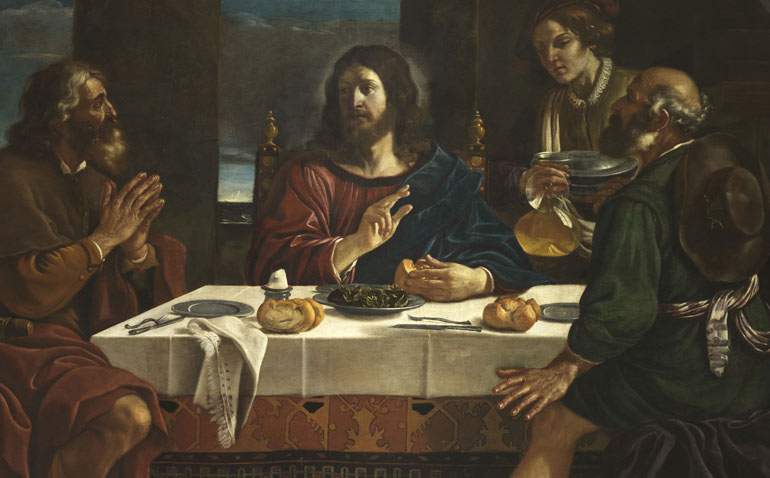 |
| Guercino back in the spotlight in his hometown of Cento, seven years after the 2012 earthquake, with a major exhibition |
Warning: the translation into English of the original Italian article was created using automatic tools.
We undertake to review all articles, but we do not guarantee the total absence of inaccuracies in the translation due to the program. You can
find the original by clicking on the ITA button. If you find any mistake,please contact us.
